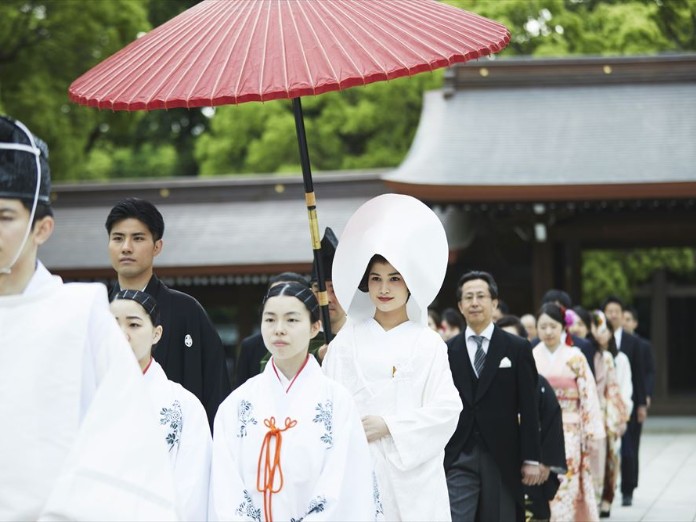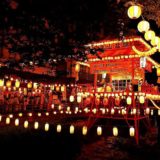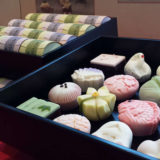Meanings of the wedding in shrine
Recently, 50% of Japanese held weddings at the chapels in a hotel, but wedding at shrines is still popular. A wedding ceremony held in a very solemn place will be an important milestone in life for Japanese people.
Based on the idea that “marriage is a connection between two families,” in Shinto rites, people report their marriage to God through ceremonies.
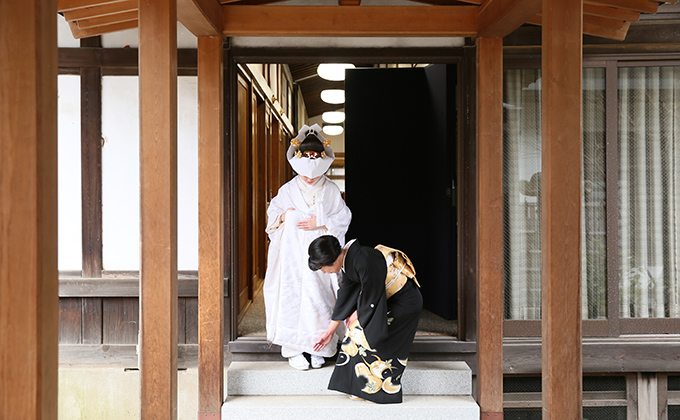
History of Japanese wedding
It is said that today’s Shinto-style wedding became popular after the wedding ceremony of Emperor Taisho in 1900.Referring to the wedding ceremony of the Emperor, it gradually spread to shrines in various places.
[Wedding from Edo to Meiji Period] In the private sector, the style of the ceremony in front of people, which is now called ‘in front of people,’ is mainstream.It was a wedding ceremony with “congratulation” “tool holder” and “marriage”.The bride brings in the bride’s equipment, moves to the groom’s house, entertains relatives and shows off the marriage.
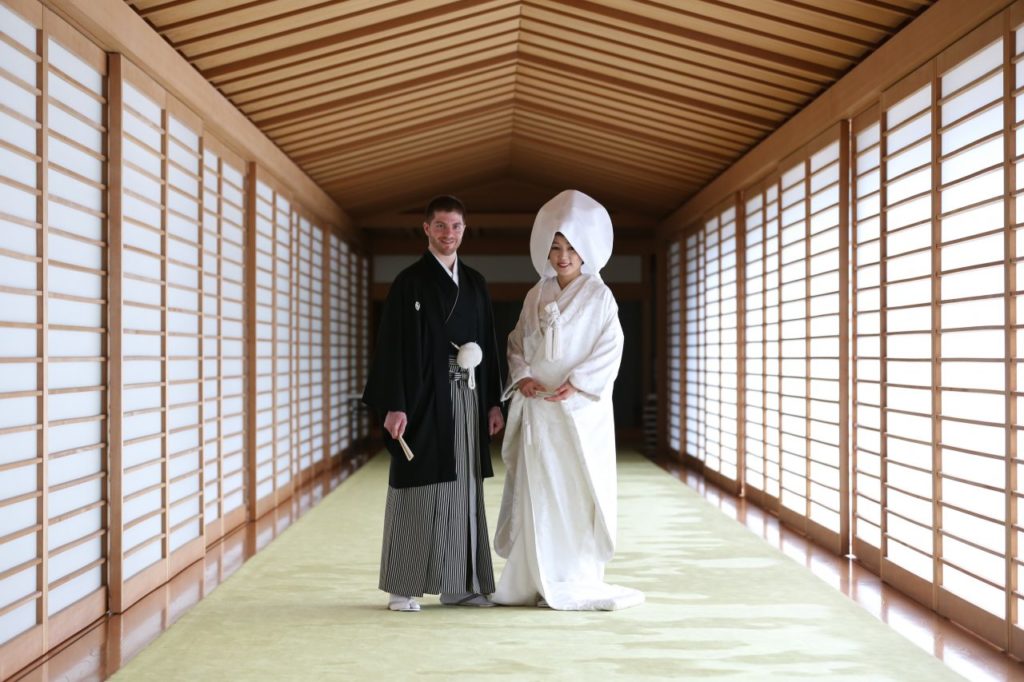
About ritual
It is called “attendance” to move forward in front of gods or nobles.It is a ceremony in which a Shinto priest or a shrine maiden leads a procession of the bride, groom and family to the temple.It is an important ceremony to solemnly arrange your mind.The bride and groom, Baishakunin(match makers), and attendants purify their hands with the water of purification, and enter the shrine with the guidance of Shinto priests.
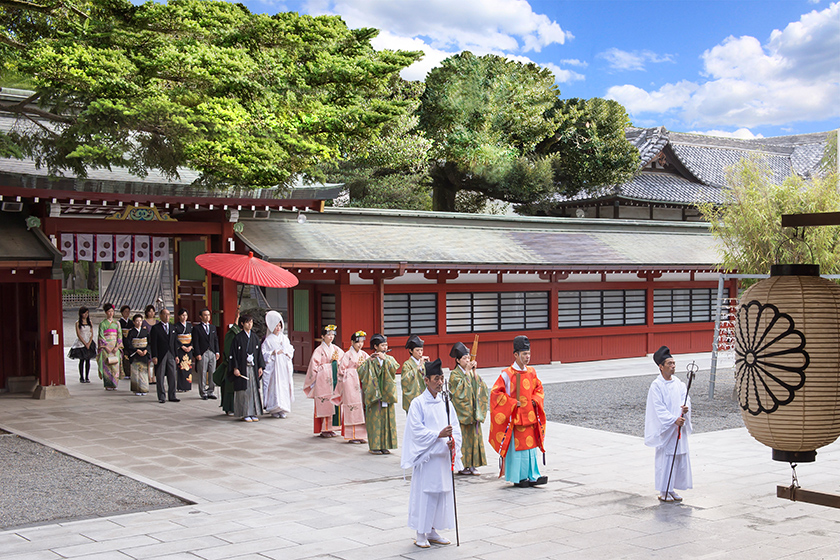
Generally, relatives attend the Shinto-style wedding, and the number of participants is about 20 ~ 30.If more people than the fixed number of people attend, you have to stand up.When entering the temple, everyone should wash their hands and rinse their mouths “Shusui no gi” to purify themselves. In recent years, it has been omitted in most wedding halls, but it is held in shrines.
The bride and groom sit in the front center, facing the god.
The groom is on the right and the bride is on the left. Parents and relatives on the groom’s side face each other on the right, and parents and relatives on the bride’s side face each other on the left. The medium sits behind the bride and groom.
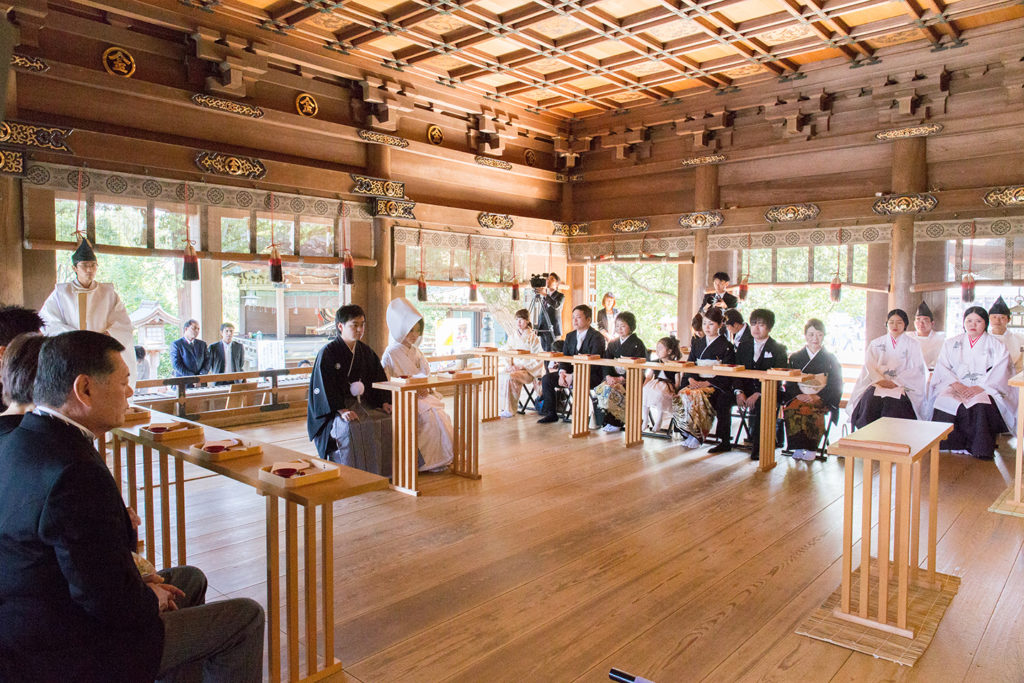
Before the wedding ceremony, the Shinto priest delivers the harae kotoba (a complimentary language) and exorcises all the attendants in the dai-e (Oonusa), which is a sakaki (Sakaki) branch with paraplegia and shide (THEN…).
We all stand up and bow.
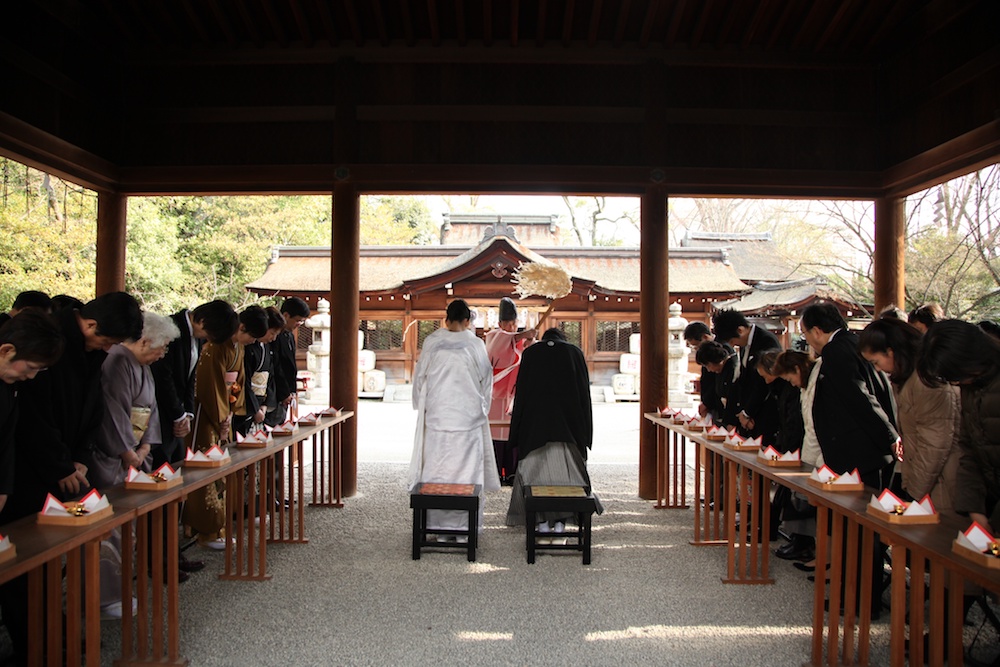
The priest went to the altar to report their marriage and to celebrate the departure of the new couple.The Shinto prayer expresses gratitude to God for the couple’s marriage and hopes that they will live happily for a long time.All the attendants stand and bow while they pray for lasting happiness.
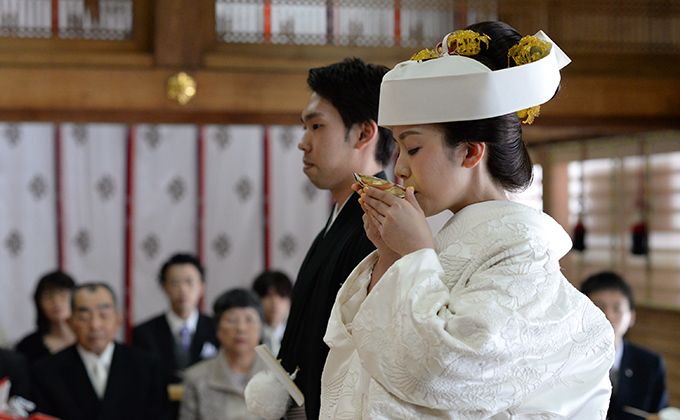
It is a ritual generally called a 339 degree cup.
The bride and groom drink nine glasses of sacred sake alternately in three cups of small, medium and large size, and form a bond of marriage.
The bride and groom come to the altar and make a marriage vow.
The word of oath is written on a scroll, and the bride and groom go to the front of the shrine, bow once, and the groom reads out the word of oath.
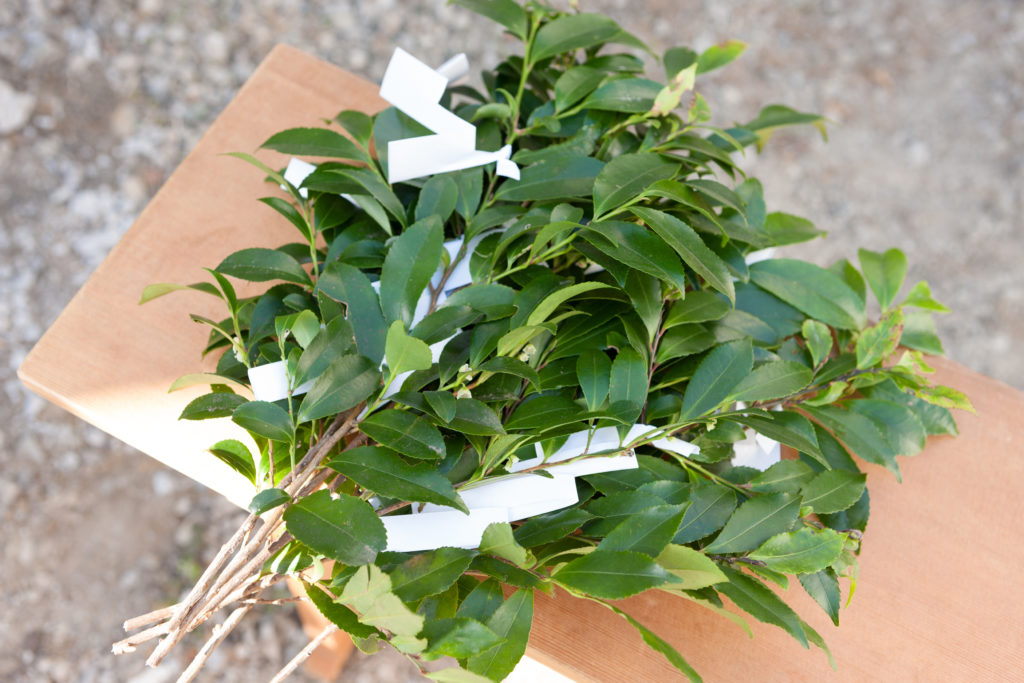
“Tamagushi” is a small branch of Sakaki with four hands, and it is said to connect gods and people.The bride and groom hold this tamagushi, dedicate it, and bow in the manner of “bowing twice, clapping twice, an example”.Following the bride and groom, Baishakunin and his wife, and the representatives of the relatives of both families, perform Tamagushi Hairei.
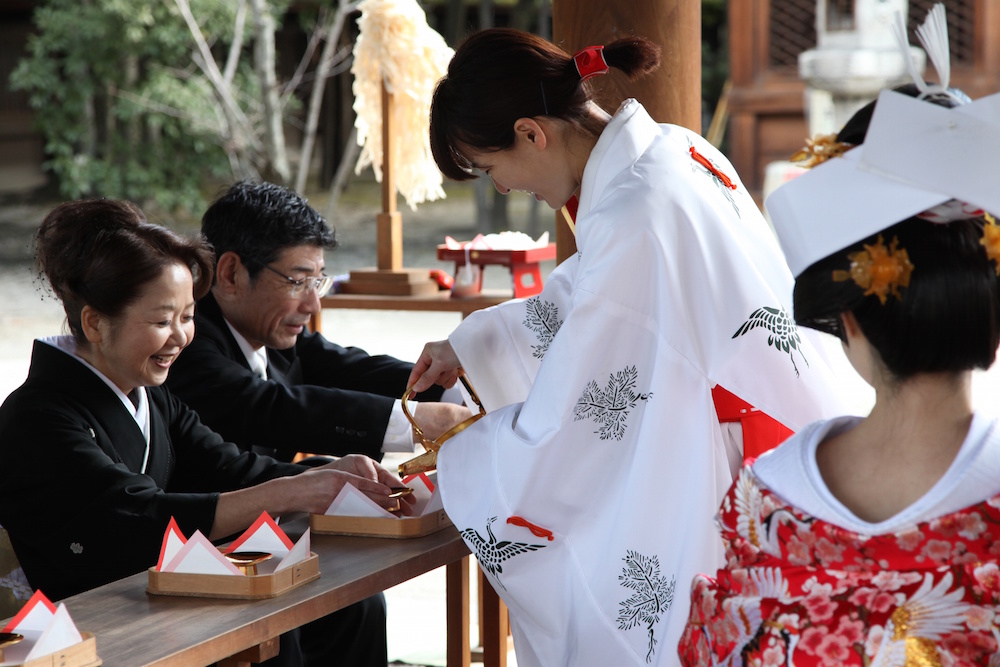
The families of both families exchange vows of becoming relatives.
A shrine maiden will pour sacred sake from the parents of both families.
After everyone stands up, they drink the cup at the same time at the signal.
The priestess says that the wedding ceremony has been arranged, and congratulations are given to the bride and groom.
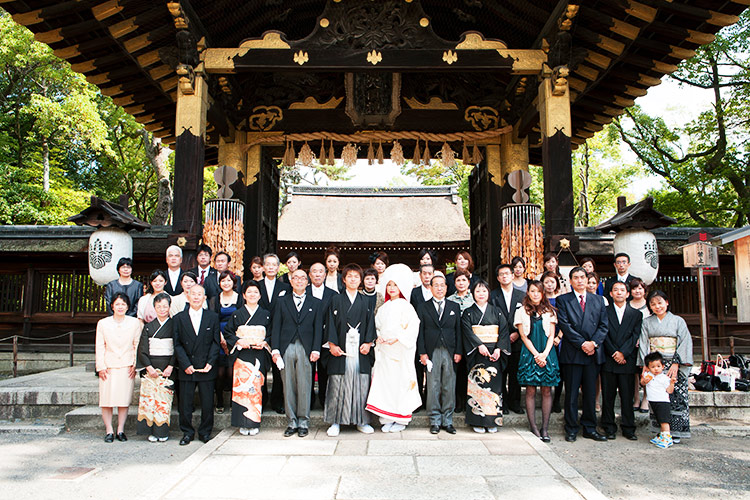
About bride costume
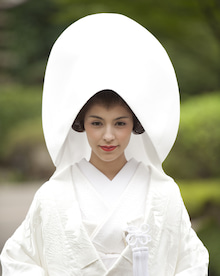
“Shiromuku” has been used as a wedding costume since Muromachi period.It means it can be dyed in any color, so it’s all white.
But in the past, the back side of Kimono was sometimes red. It had a meaning to ward off evil.Wataboshi or white veil is worn not to show bride’s face to men except for the groom until the wedding is over.
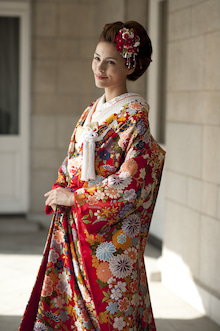
” Irouchikake” or colorfuly-embroidry kimono is a costume used by a daughter of a samurai family.
There are many auspicious patterns such as auspicious omens.
It also has the wish of immortality.
